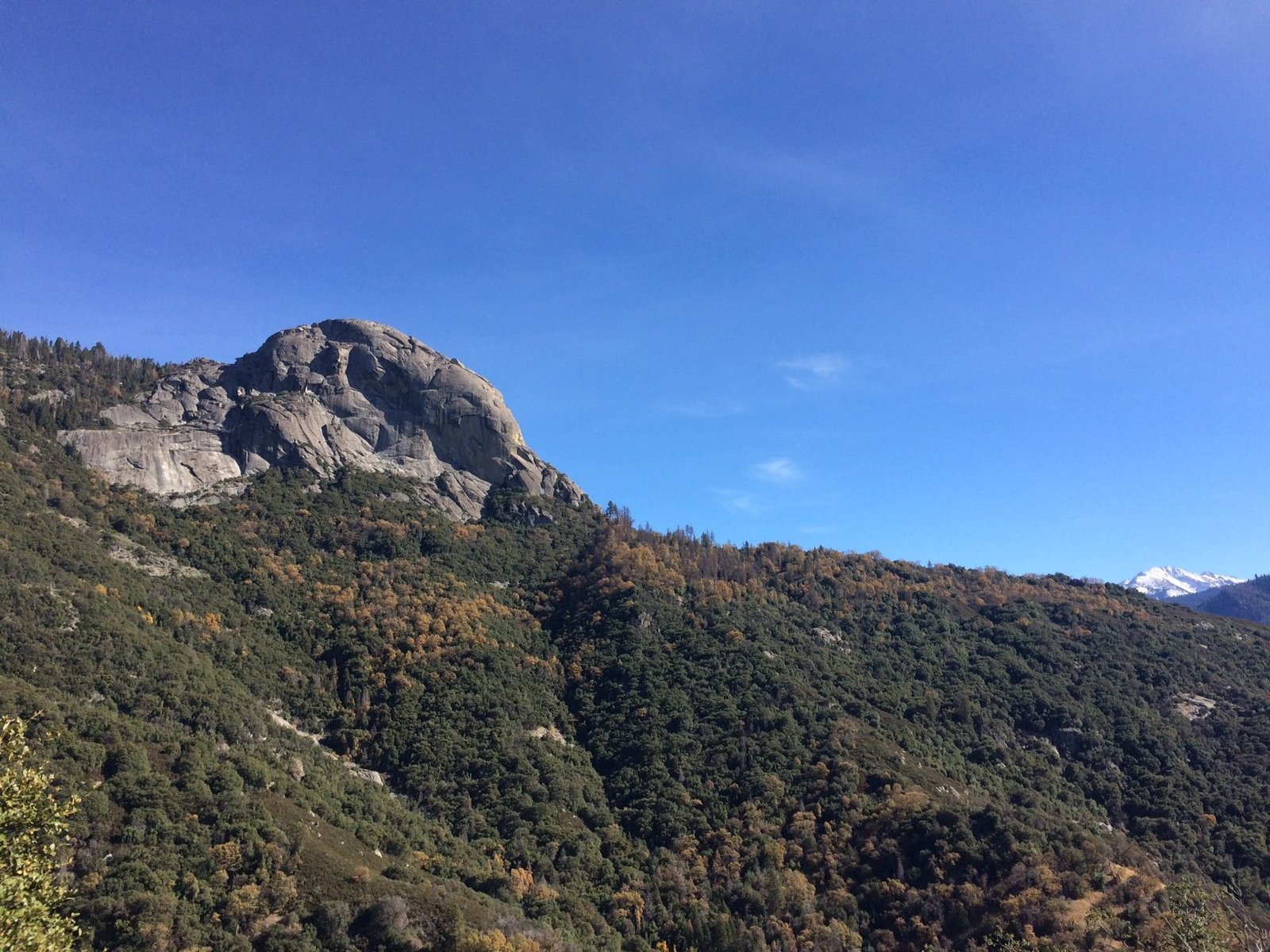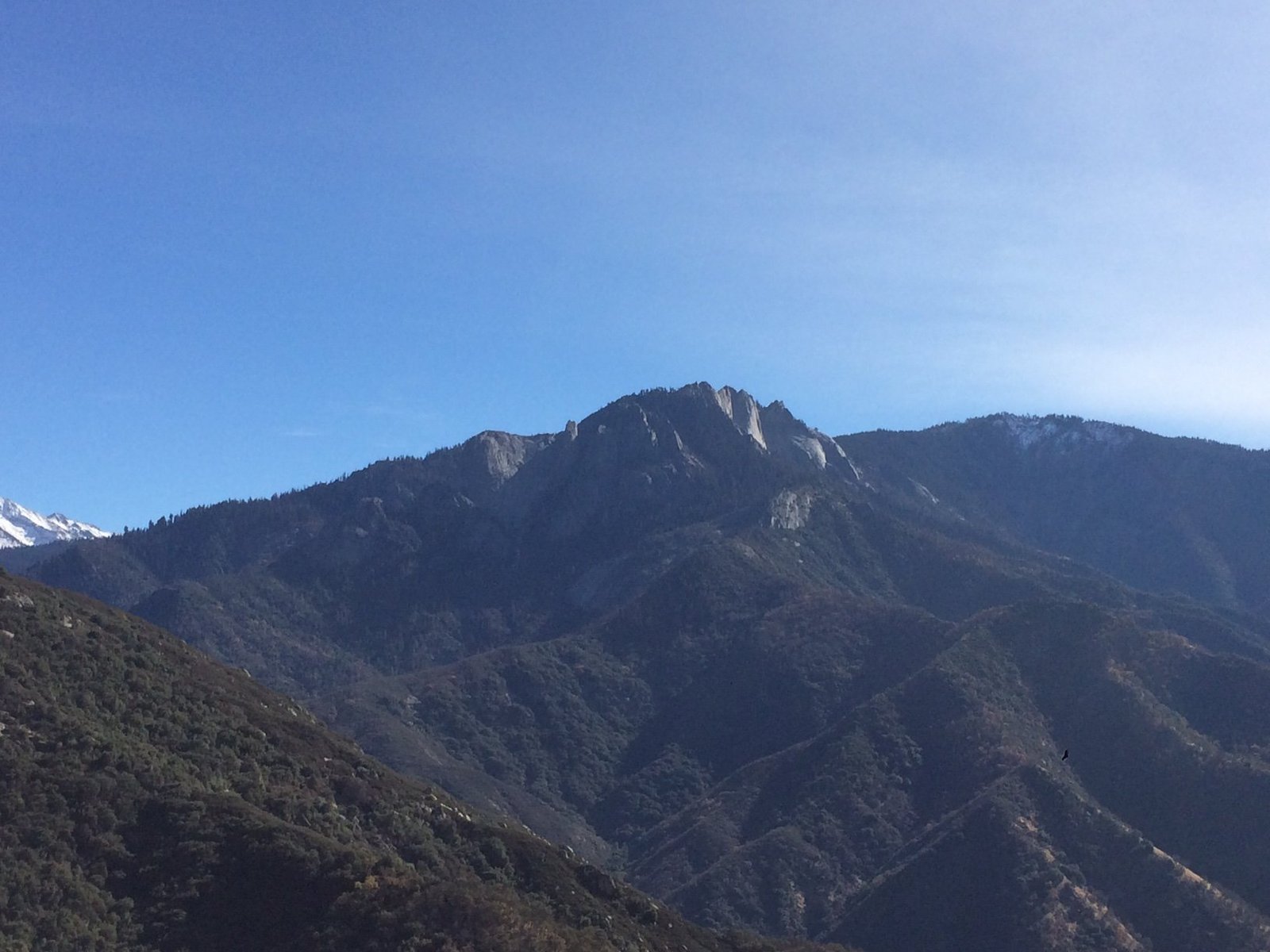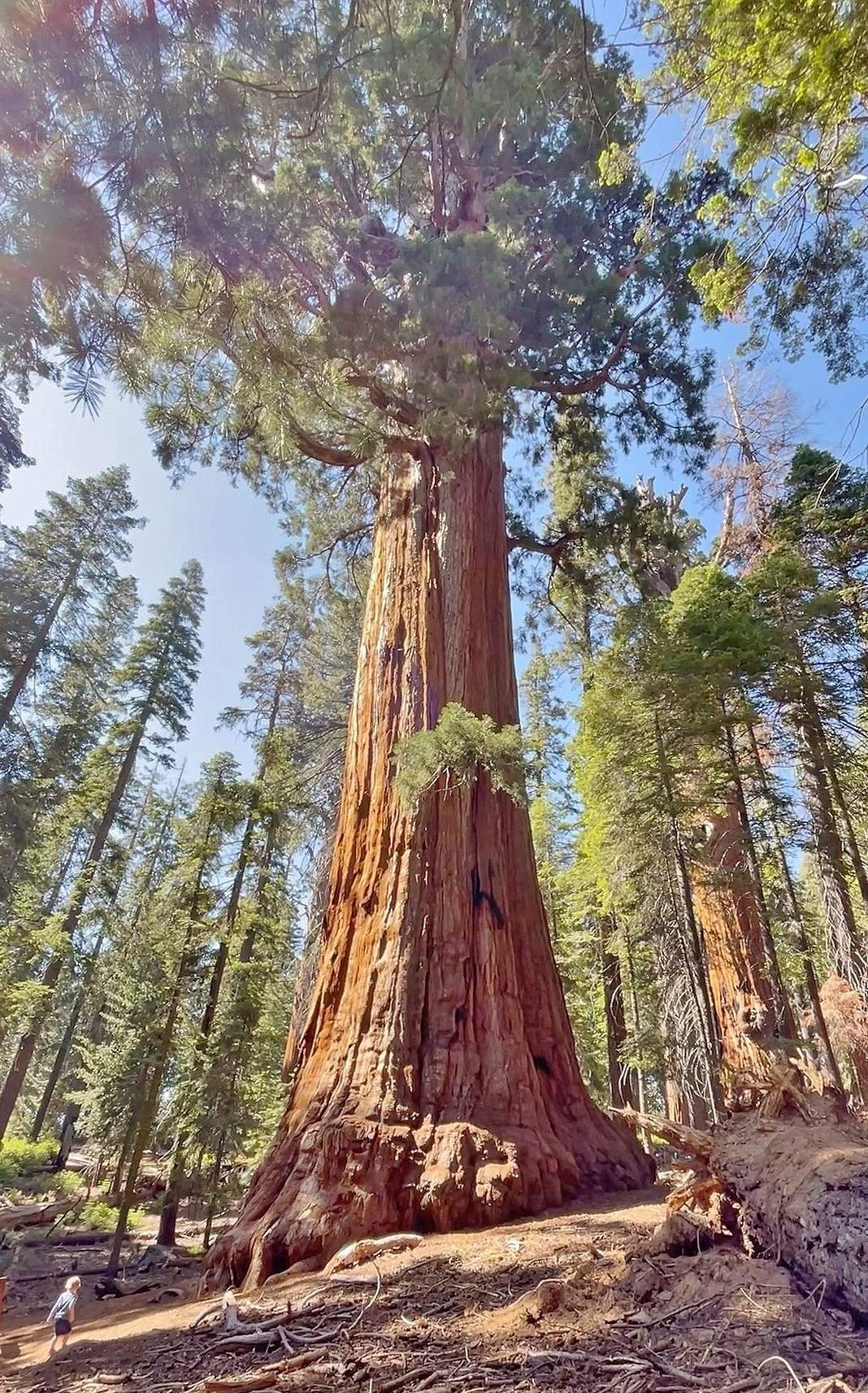The Sequoia National Park Half Marathon offers runners a unique opportunity to experience the breathtaking beauty of one of America’s most iconic national parks. While there isn’t an official organized event, runners can create their own half marathon route through the park’s stunning landscapes, towering sequoias, and challenging terrain. This self-guided adventure combines the thrill of long-distance running with the awe-inspiring scenery of Sequoia National Park, making it a bucket-list experience for many outdoor enthusiasts and runners alike.
What Are the Best Routes for a Sequoia National Park Half Marathon?

While there’s no official half marathon event in Sequoia National Park, runners can create their own 13.1-mile routes using the park’s extensive trail system. Here are some popular options:
- Crescent Meadow and High Sierra Trail Combo
- Start at Crescent Meadow Parking Area
- Run the 1.6-mile Crescent Meadow loop
- Continue on the High Sierra Trail
-
Turn back at approximately 5.75 miles to complete the half marathon distance
-
Giant Forest Loop
- Begin at the Giant Forest Museum
- Follow the Congress Trail
- Connect to the Alta Trail
- Return via the Huckleberry Trail
-
Adjust the route as needed to reach 13.1 miles
-
Moro Rock to Crescent Meadow Road
- Start at Moro Rock parking area
- Run along Crescent Meadow Road (closed to traffic on weekends)
- Extend the route through Giant Forest
- Add loops or out-and-back sections to reach half marathon distance
How Should I Prepare for the Elevation Gain in Sequoia National Park?

Sequoia National Park’s terrain presents unique challenges due to its elevation and varied topography. Here’s how to prepare:
- Incorporate Hill Training
- Add hill repeats to your weekly routine
-
Focus on both uphill and downhill running techniques
-
Altitude Acclimatization
- If possible, train at higher elevations before your run
-
Arrive at the park a few days early to adjust to the altitude
-
Strength Training
- Include exercises that target leg and core muscles
-
Focus on exercises like squats, lunges, and planks
-
Gradual Mileage Increase
- Slowly build up your long runs to match the half marathon distance
- Increase weekly mileage by no more than 10% each week
What Gear Do I Need for a Sequoia National Park Half Marathon?
Proper gear is essential for a safe and enjoyable run in Sequoia National Park. Here’s a checklist:
- Trail running shoes with good traction
- Moisture-wicking clothing (layers for variable temperatures)
- Hydration pack or handheld water bottles
- Energy gels or snacks
- Sun protection (hat, sunglasses, sunscreen)
- Map of the park and planned route
- First aid kit
- Emergency whistle
- Bear spray (optional but recommended)
How Do I Stay Safe While Running in Sequoia National Park?
Safety should be your top priority when running in a wilderness area. Follow these guidelines:
- Inform Others
-
Let someone know your planned route and expected return time
-
Wildlife Awareness
- Be alert for bears, mountain lions, and other wildlife
-
Make noise while running to avoid surprising animals
-
Stay on Marked Trails
-
Avoid getting lost by sticking to established paths
-
Check Weather Conditions
- Be prepared for sudden weather changes
-
Postpone your run if severe weather is forecasted
-
Carry Essential Supplies
-
Bring enough water, food, and emergency gear
-
Know Your Limits
- Be realistic about your fitness level and the challenges of the terrain
What Are the Best Times of Year for a Sequoia National Park Half Marathon?
The ideal time for your Sequoia National Park half marathon depends on various factors:
| Season | Pros | Cons |
|---|---|---|
| Spring | Mild temperatures, wildflowers | Possible lingering snow, wet trails |
| Summer | Long daylight hours, all trails open | Hot temperatures, crowded park |
| Fall | Beautiful foliage, cooler temperatures | Shorter daylight hours, unpredictable weather |
| Winter | Serene, snow-covered landscapes | Icy conditions, limited trail access |
Generally, late spring to early fall offers the most favorable conditions for long-distance running in the park.
How Can I Minimize My Environmental Impact While Running?
As a runner in Sequoia National Park, it’s crucial to practice Leave No Trace principles:
- Plan ahead and prepare
- Travel and camp on durable surfaces
- Dispose of waste properly
- Leave what you find
- Minimize campfire impacts
- Respect wildlife
- Be considerate of other visitors
Additionally:
– Stay on marked trails to prevent erosion
– Pack out all trash, including biodegradable items
– Use reusable water containers instead of disposable bottles
What Are Some Post-Run Recovery Tips for a Sequoia National Park Half Marathon?
After completing your challenging run, proper recovery is essential:
- Hydrate
- Replenish fluids lost during the run
-
Consider electrolyte drinks to replace lost minerals
-
Refuel
-
Eat a balanced meal with carbohydrates and protein within an hour of finishing
-
Cool Down
-
Perform light stretches to prevent muscle stiffness
-
Rest
-
Allow adequate time for recovery before your next intense workout
-
Ice Bath or Compression
-
Consider these methods to reduce inflammation and soreness
-
Celebrate
- Take time to appreciate your accomplishment and the beautiful surroundings
By following these guidelines and preparing adequately, runners can create their own unforgettable Sequoia National Park half marathon experience. The combination of personal challenge and natural beauty makes this self-guided adventure a truly unique running experience.
References:
1. National Park Service – Sequoia & Kings Canyon
2. AllTrails – Sequoia National Park
3. Leave No Trace Center for Outdoor Ethics

